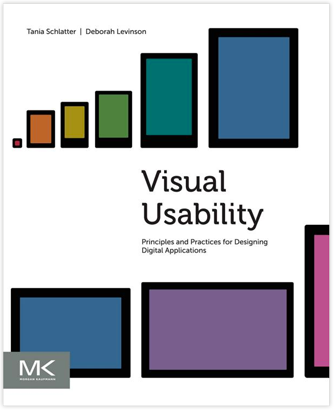
Visual Usability
Digital interfaces rely on common visual design tools to communicate – layout, type, color, and imagery, along with controls and affordances. The book Visual Usability: Principles and Practices for Designing Digital Applications provides a common language for defining and evaluating visual user interfaces that's grounded in how people perceive and interpret what they see.
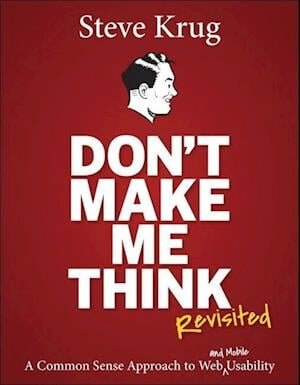
Dont make me think
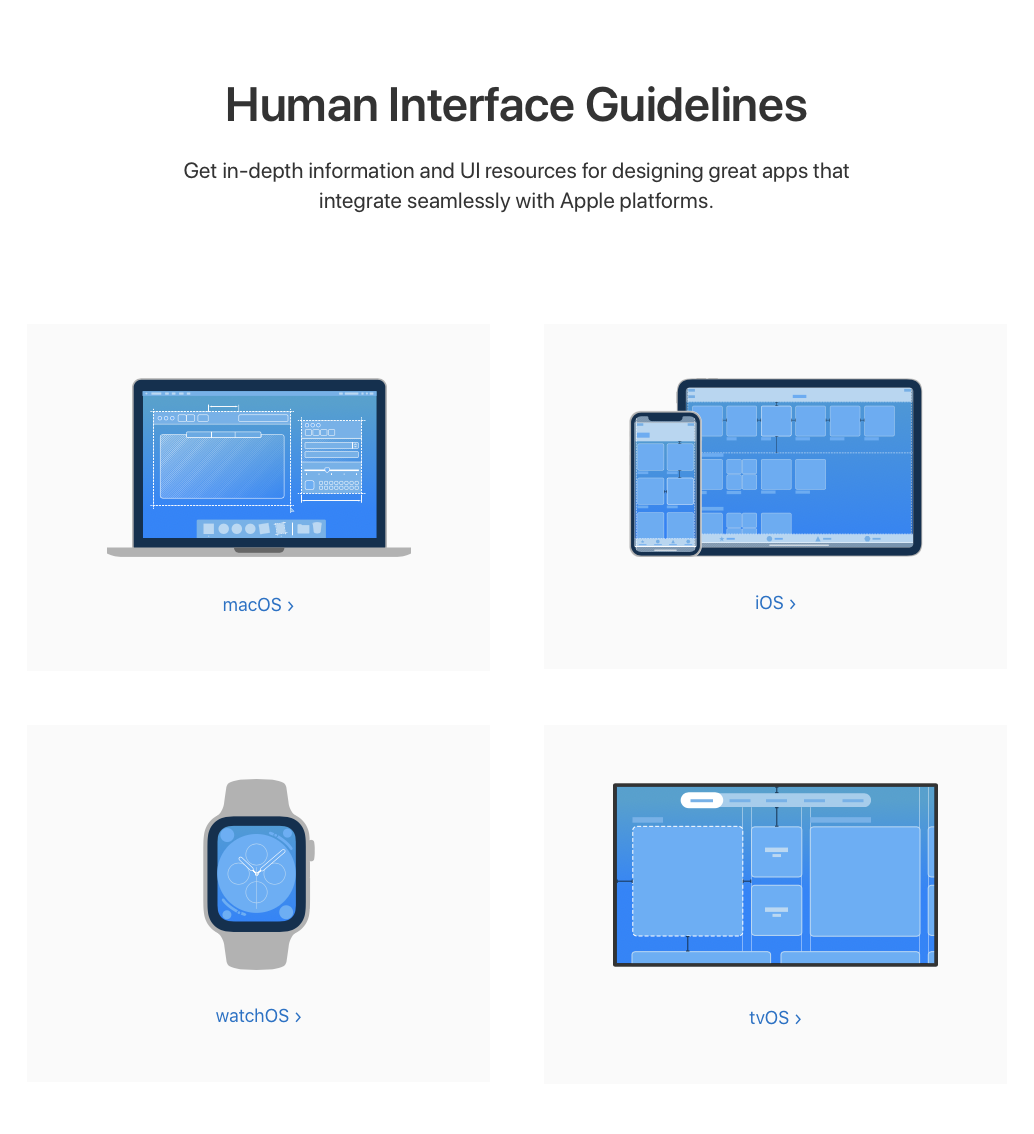
Apple Human Interface Guidelines
With these guidelines you get a very extensive and detailed reference library that you can base your own graphical user interface on.

Android: Material Design
The Material Design framework offers a lot a basic design principles that tap deep into how humans can be supported in easily understanding graphical user interfaces and events in them.
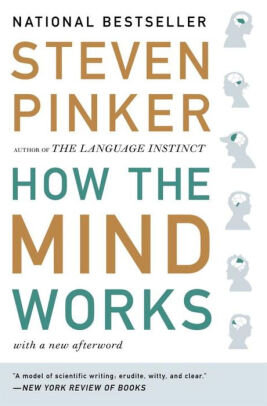
Steven Pinker: How The Mind Works
With this book you get a nice broad introduction to some of the best psychological theory out there. It will help you steer clear of your own misunderstandings and general folk psychological assumptions. In general, I recommend everything that Pinker writes. You can start out by watching one of his many online lectures.

Andy Clark: Supersizing The Mind
With this book you get a good understanding of the basic ways in which humans interact with the world. This will provide you with a strong foundation to base your design analysis and development on.
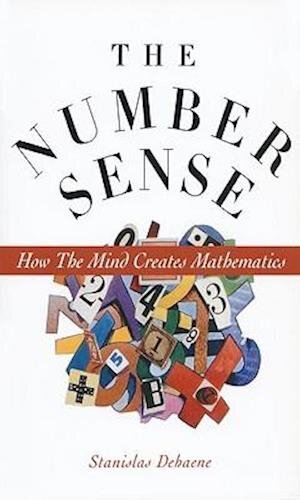
Stanislas Dehane: The Number Sense
The number sense provides an oveview of basic human cognitive skills (level 1 in the levels of cognition model). It is a must read for anyone who makes technology where numbers is a key component (e.g., finance, measurement). Also, it provides an introduction to the relationship between basic cognitive skills (level 1) and higher order cognitive skills (level 3 and 4).

HE75: Human factors engineering Design Guide
Very comprehensive human factors expert design guide. With more than 450 pages, this is a key reference book for how to design user interfaces that build on knowledge of human capabilities and limitations.
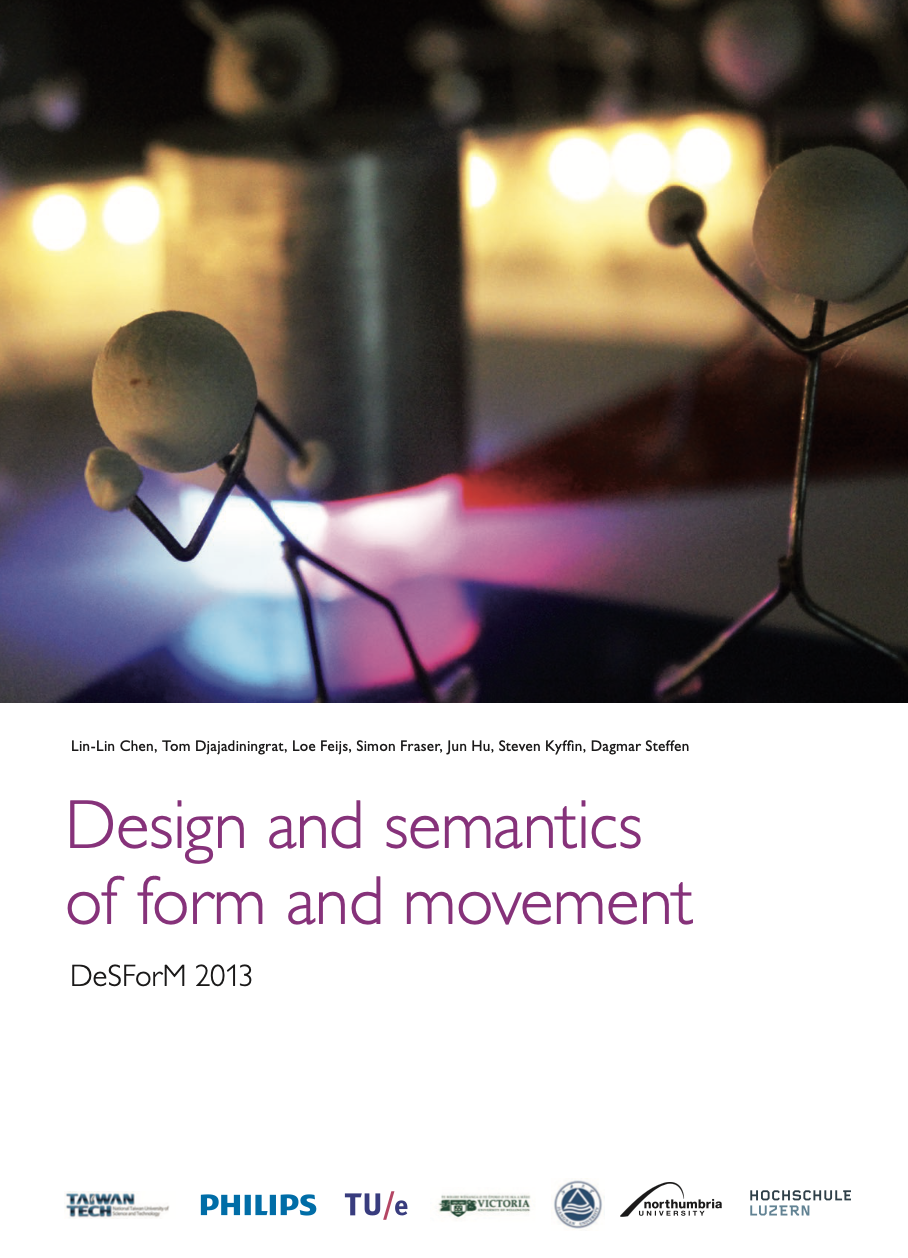
Tangible Design
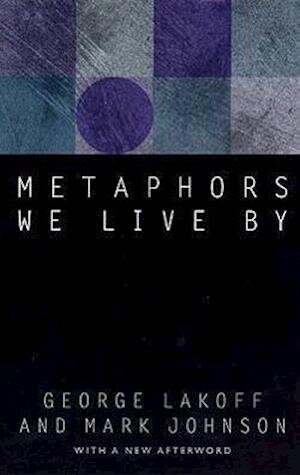
Lakoff & Johnson: Metaphors We Live By
This is a classic. Lakoff and Johnson was part of the founding of a branch of psychology that sees perception, brain processes, and behaviour as embodied. That makes a huge difference to design. Getting people right is a first step to getting design right.
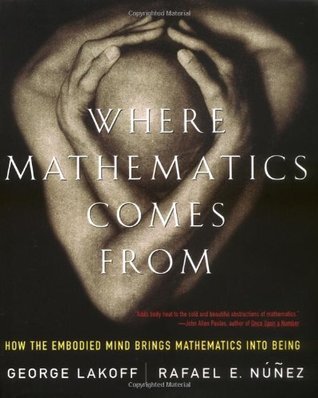
Lakoff & Nunez: Where Mathmatics Comes From
This book is a more general extension of The Number Sense by Stanislas Dehane. It introduces additional details to how our basic cognitive functions work (level 1). It provides valuable insights to the general functions of level 1. Especially, chapter one and two are must reads that introduce basic level capabilities related to space and objects - and how those influence higher order cognitive functions.

Klaus Bærentsen: Intuitive User Interfaces
This article provides a strong theoretical foundation for the psychological design drivers of how to make design intuitive. There are two overall criteria that must be satisfied. One is that the functionality needs to make sense in the cultural context. The other is that especially digital technology should support basic cognitive functions.
☞ Link to full text resource.

Bærentsen & Trettvik: An Activity Theory Approach to Affordance
Affordance is a widely used term in design - and a widely misunderstood term. This article is on the theoretical side but will steer you in the right direction using affordance as a design tool.
This article goes nicely with the Interaction Frogger article by Wensveen, Djajadiningrat & Overbeeke (2004).
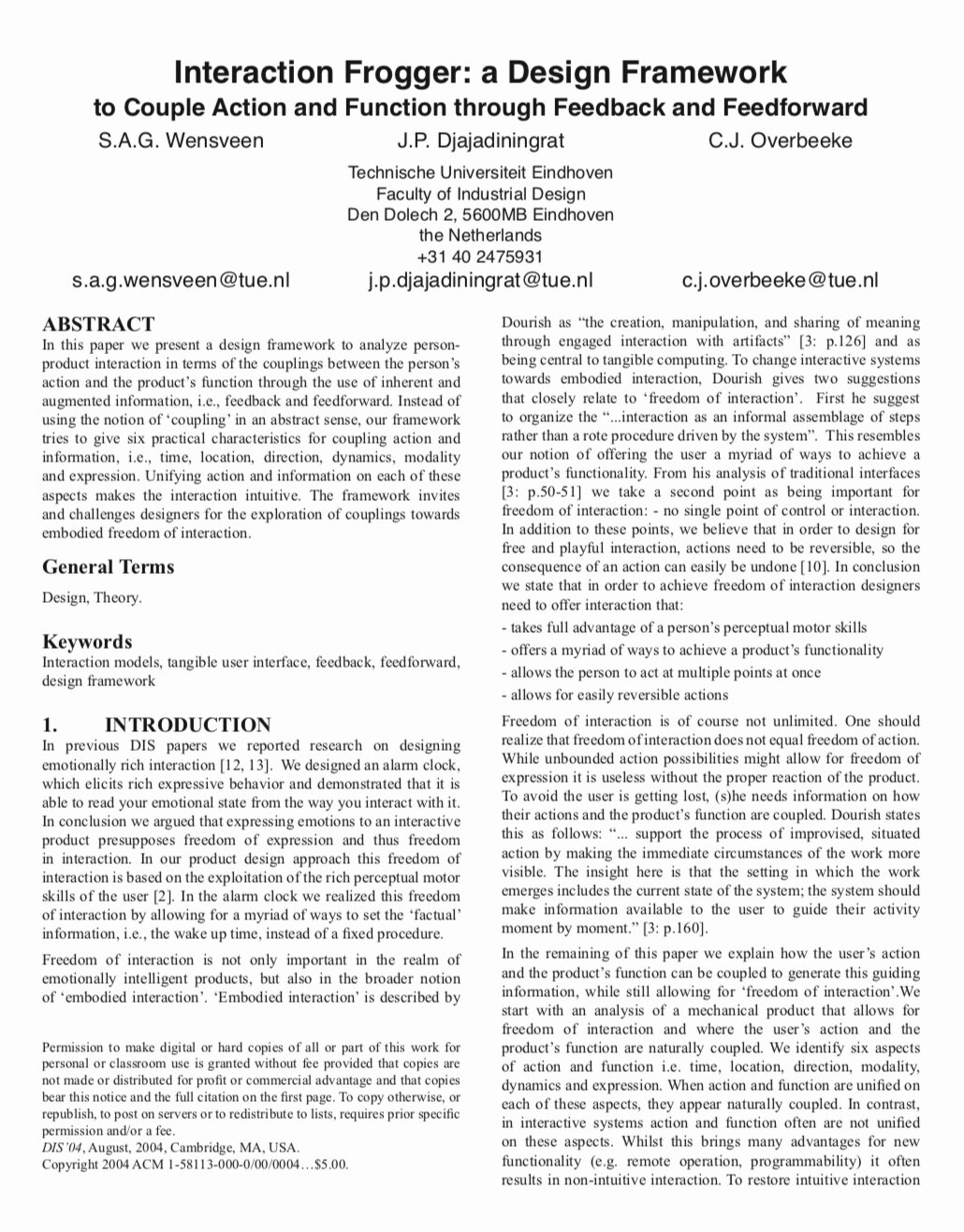
Wensveen, Djajadiningrat & Overbeeke: Interaction Frogger
This article is a bit cryptic at first. However, it nicely outlined three qualitatively different ways in which design communicates to us. These three levels roughly corresponds to Level 1, 2, and 3 of the Levels of Cognition model. Once understood in this context I find it easier to absorb. Also, the article maps nicely to the Affordance article by Bærentsen & Trettvik where the Why, What and How of the activity theory is exactly the same as the three interaction levels: Functional, Augmented and Inherent.

Walt Disney: The Illusion Of Life
The illusion of life tells the story of how to recreate the basic visual properties that humans rely on to make sense of behaviour in the world. It took Disney and his teams careful exploration to learn this language. The animation principles are the cornerstone of how the iPhone makes sense even to very small children.
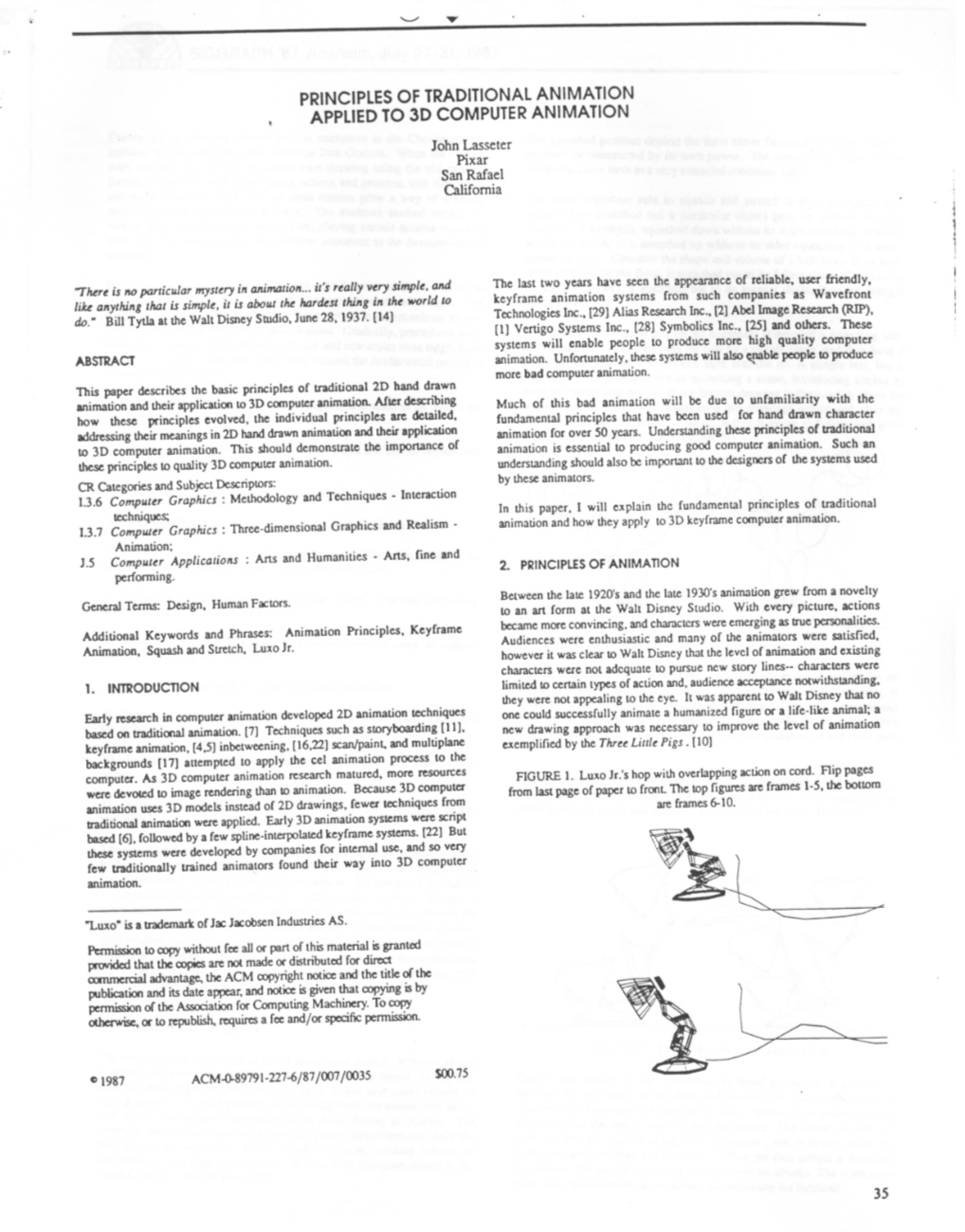
John Lasseter: The Principles Of Traditional Animation Applied To 3D Computer Animation
John Lasseter played a key role in bridging the Walt Disney Animation principles into the graphical user interfaces of the iPod and the iPhone thanks to his collaboration with Steve Jobs. This article shares his ideas on 3D animation principles.

James J. Gibson: The Ecological Approach To Visual Perception
This book is very hard to read - but worth the effort if you are interested in the fundamental workings of our perceptual systems. It is the scientific story behind why even children can master tablets and smartphones. The book provides you with a mindset for thinking differently about how human beings function. However, there are no concrete tools to use - it is base science. As a pragmatic alternative read “The Illusion of Life” by Walt Disney.

















